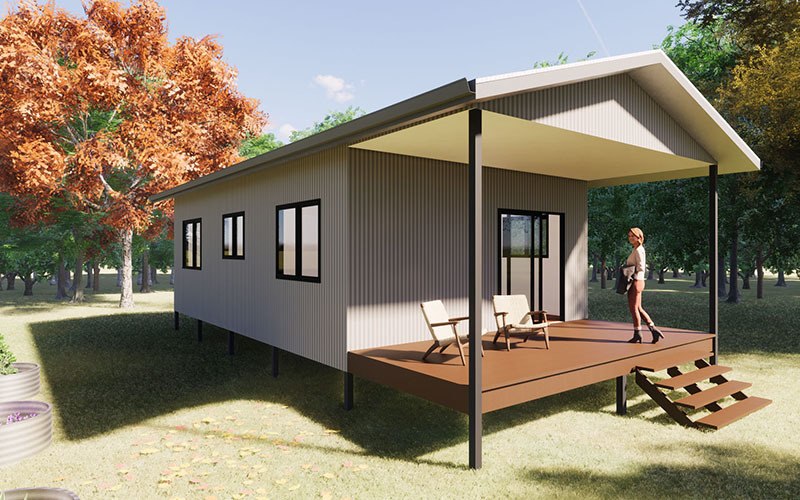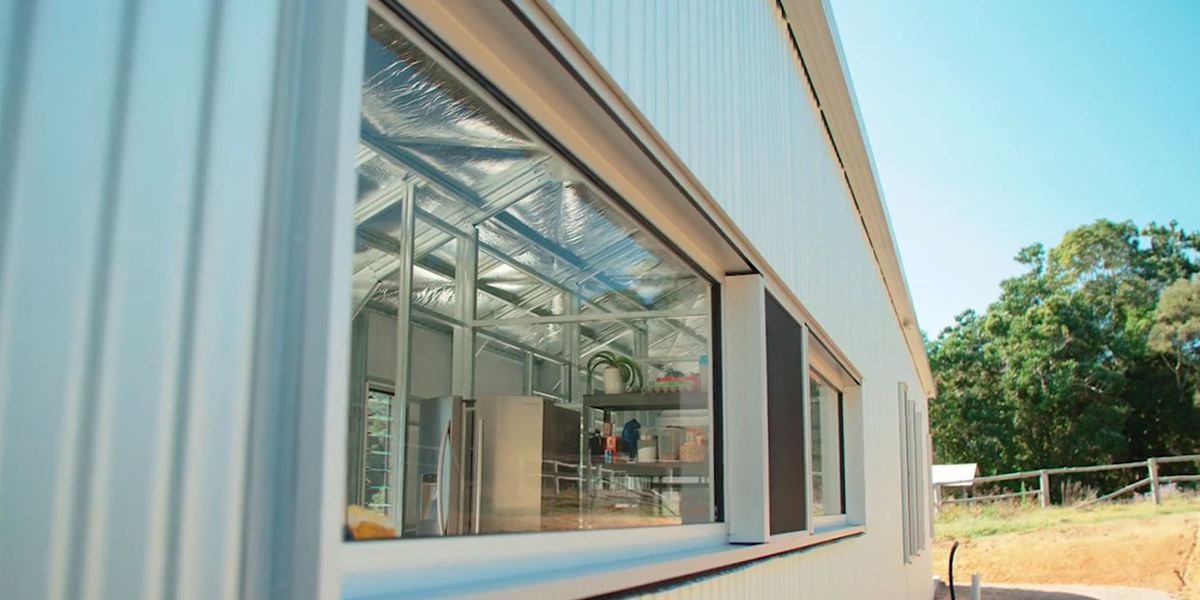
In Part Two of Practical Ways of Building an Energy Efficient Home on the Sunshine Coast, we will look at relying on recycling, local manufacturers, and using sustainable methods and materials.
Rely On Recycling
If you’ve ever wondered where old blue jeans and newspapers go, the answer might be as close as your walls. Total-fill insulation made from recycled materials pays off in the short term and the long run. Because you’re using recyclables, your initial material cost is often lower than it would be for virgin materials. You’re also saving money over time by using insulating products that perform as well or better than first-use insulation. Cotton, wool, wood pulp, and soybean byproducts are a few of the materials you’ll find as spray-in or roll insulation.
There are many other recycled materials being used in building an energy efficient home on the Sunshine Coast, such as reclaimed wood and countertops made from recycled glass, aluminum and even soft drink cans. You also may want to discuss with your builder options for using recycled steel or recycled wood/plastic composite, both of which are high quality, durable products that can reduce the amount of new lumber used in your home.
Start enjoying the Hinterland lifestyle, begin your obligation free quote on your energy efficient home!

Choose Local Manufacturers
It may not be the first aspect to come to mind, but buying from local manufactures can make a difference to how energy efficient your home is. An energy efficient home means you reduce wasted energy usage, greenhouse gas emissions, and use renewable energy sources. When you build a home this begins from the moment the material is created. Put simply, buying local limits the impact of building on the environment as there is less transport and logistics required to get the materials to the site. With a number of local manufactures also choosing to produce quality over quantity, you increase the lifespan of your materials, which also contributes to making your home energy efficient, as the products are built to last.
Use Sustainable Materials and Methods of Building
From the frame of your home to the flooring inside it, sustainable building materials can reduce the impact of your construction on the environment and are an important consideration when building an energy efficient home on the Sunshine Coast.
Flooring is one area where new products that are environmentally friendly, great for home insulation ratings, and climate control efficiency, are flourishing. Modern flooring of this sort includes bamboo, cork and linoleum, which is made of natural, renewable materials. Even wood can be a renewable resource when you choose a supplier who follows sustainable planting practices. These days, consumers, designers and builders are choosing linoleum as environmentally friendly flooring with a long lifespan — 25 to 40 years – and the ability to be completely recycled at the end of its life.
Additionally, some methods of construction have inherently sustainable characteristics. Many modular or prefab homes can be classified as sustainable, not just because of their energy efficiency and the materials used, but also because the process of building the home’s elements in a controlled setting produces material and labor savings and can decrease waste. Modular homes have become increasingly popular and are considered an accepted form of green home construction in the market.
